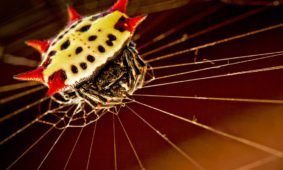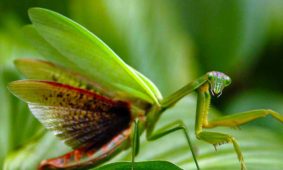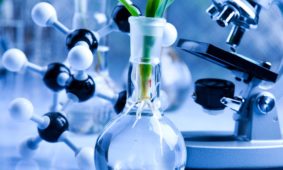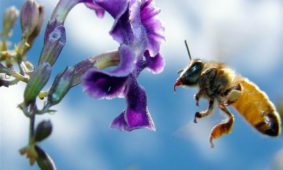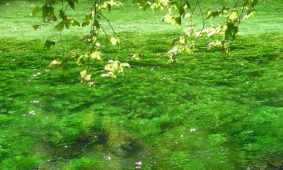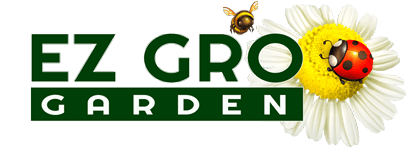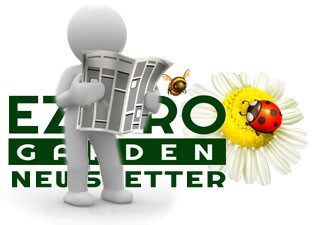Butterfly
Butterflies are beautiful, graceful creatures and there are over 20,000 different species located in many parts of the world. They also provide a very important service for the plant kingdom: pollination. While they perch on a flower to drink the nectar that sustains them, some of the pollen dust sticks on their wings and legs. As they
READ ARTICLESpiny Orb Weaver
The Spiny orb weaver is one of many species of beneficial spider that feasts on small garden pests. Their common name is appropriately labelled, the spider has six pointy projections located around its abdomen. Bright coloration of the abdomen such as yellow, red, white and black are associated with this interesting critter, and the rest of its body
READ ARTICLEPraying Mantis
The common name praying mantis refers to the typical “prayer-like” posture the insect has, with folded forelimbs. In fact, mantids specialize in preying! The preying mantis is almost a perfect insect-hunting machine. This may be why mantids are one of the first species people think of when the term beneficial insect is mentioned.
READ ARTICLEAn overview of Hydroponics
Definition of Hydroponics Hydroponics is actually the science of growing plants without soil. Rather than soil, plants are grown in solutions containing each of the necessary minerals and elements. Methods utilized to get the nutrients to the roots, combined with the needed oxygen, include bare-root systems and systems using inert substrates to support the growth […]
READ ARTICLEHoney Bee
The honey bee is responsible for approximately 80% of the pollination of fruits, nut, grains, and vegetables in the United States today. Honey bees are not native to North America; they were brought here by European settlers in the colonial days to pollinate their crops and for the products created or gathered by the honey bees-honey, propolis, royal jelly, pollen,
READ ARTICLEThe Gardens of Babylon
Many new devices, ideas and civilizations have emerged because, “Necessity is the mother of invention”. The shortage of water and available arable land for planting crops is not a new issue. Throughout history, archaeological evidence shows us that thousands of cities have been built on land that was safe from invasion, but not necessarily ideal […]
READ ARTICLEOrganic Farming vs Hydroponics
“Go organic” has become the battle-cry of thousands of Americans who assume that food items labeled “organic” is automatically a better, healthier product. Is this really true? Both organic farming and hydroponic farming embrace a desire to protect our planet’s fragile environment. Both methods steer clear of harmful chemical fertilizers and pesticides. Both seek to […]
READ ARTICLEThe History of Hydroponics
Hydroponics basically means working water (“hydro” means “water” and “ponos” means “labor”). Many different civilizations have utilized hydroponic growing techniques throughout history. As noted in Hydroponic Food Production (Fifth Edition, Woodbridge Press, 1997, page 23) by Howard M. Resh: “The hanging gardens of Babylon, the floating gardens of the Aztecs of Mexico and those of […]
READ ARTICLE





